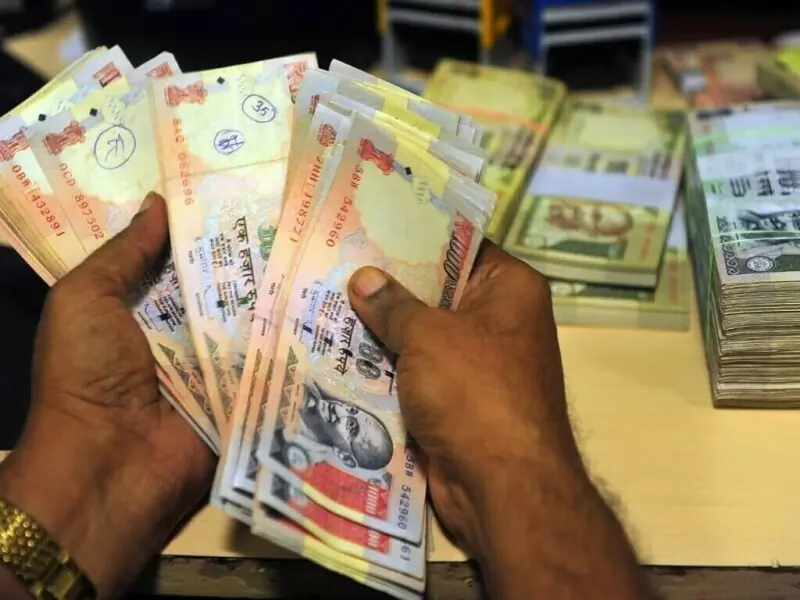By Samuel Wade
Copyright chinadigitaltimes

Over the past quarter century, American tech companies to a large degree designed and built China’s surveillance state, playing a far greater role in enabling human rights abuses than previously known, an Associated Press investigation found. They sold billions of dollars of technology to the Chinese police, government and surveillance companies, despite repeated warnings from the U.S. Congress and in the media that such tools were being used to quash dissent, persecute religious sects and target minorities.
[…] U.S. companies introduced systems that mine a vast array of information — texts, calls, payments, flights, video, DNA swabs, mail deliveries, the internet, even water and power use — to unearth individuals deemed suspicious and predict their movements. But this technology also allows Chinese police to threaten friends and family and preemptively detain people for crimes they have not even committed. The AP found a Chinese defense contractor, Huadi, worked with IBM in 2009 to design the main policing system for Beijing to censor the internet and crack down on alleged terrorists, the Falun Gong religious sect, and even villagers deemed troublesome. IBM referred to any possible relationship it may have had with Chinese government agencies as “old, stale interactions”: “ … If older systems are being abused today — and IBM has no knowledge that they are — the misuse is entirely outside of IBM’s control, was not contemplated by IBM decades ago, and in no way reflects on IBM today.” Huadi did not respond.
[…] American surveillance technologies allowed a brutal mass detention campaign in the far west region of Xinjiang — targeting, tracking and grading virtually the entire native Uyghur population to forcibly assimilate and subdue them. IBM agents in China sold its i2 software to the Xinjiang police, China’s Ministry of State Security, and many other Chinese police units throughout the 2010s, leaked emails show. One agent, Landasoft, subsequently copied and deployed it as the basis for a predictive policing platform that tagged hundreds of thousands of people as potential terrorists. […] [Source]



